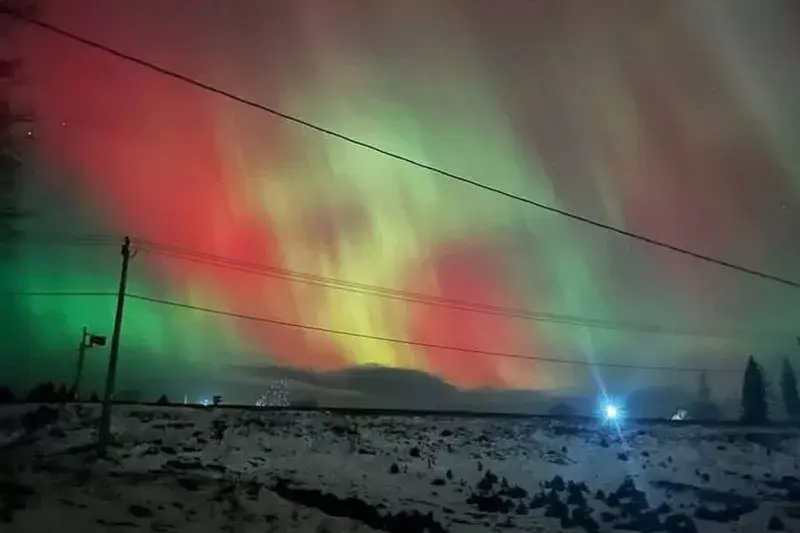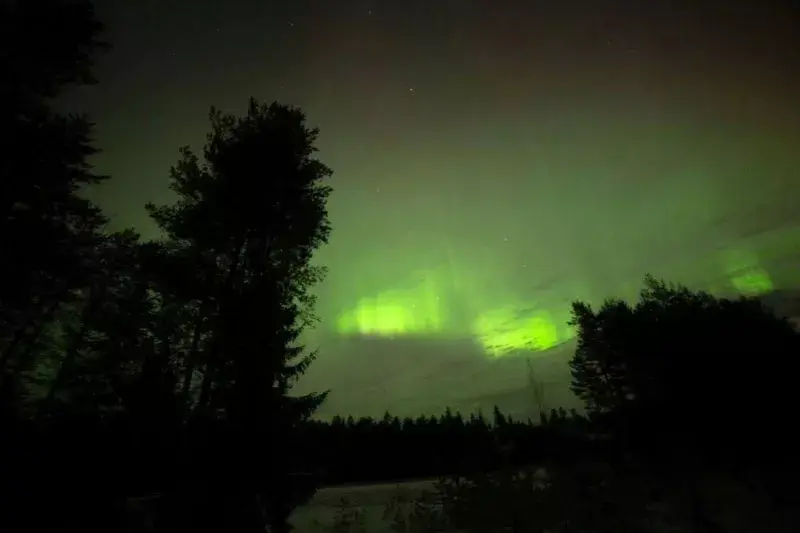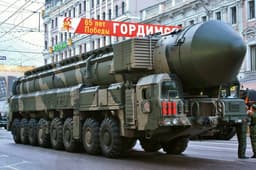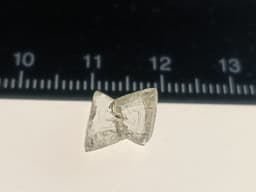One of the most powerful magnetic storms hit Earth on November 5 and has not subsided yet. It was caused by a plasma cloud that the Sun ejected towards our planet on November 3. The plasma ejection was recorded by the LASCO coronagraph (a telescope that allows observing the solar corona outside of eclipses - editor's note www1.ru).

The coronagraph is on board the Solar and Heliospheric Observatory (SOHO) - a spacecraft launched into space in 1995 by the European Space Agency and NASA.
Scientists classified the plasma ejection as low intensity. Global space agencies were confident that the plasma cloud would approach Earth on November 6. It was expected to generate a G1 (entry-level) magnetic storm.

However, it turned out that the gas cloud traveled the distance from the Sun to Earth in 150 million km in just two days and hit our planet's magnetic field with significant force. The current level of the magnetic storm is estimated at G3.

As explained in the Russian Laboratory of Solar Astronomy, the Earth was encircled by interplanetary gas with a temperature of 300 thousand °C, and the speed of the solar wind increased to 500 km/s. All this provoked the appearance of the Northern Lights (Aurora borealis) in the eastern hemisphere of the Earth at latitudes from the 65th parallel north.
Scientists do not rule out the appearance of the Northern Lights at the 50th parallel. Laboratory specialists are not yet ready to predict how long the magnetic storm that caused the atmospheric optical phenomenon will last.
Meanwhile, Russians from different parts of the country are posting photos of the Northern Lights on social networks. Residents of the North and South of Russia were delighted with the Aurora borealis that adorned the night sky.
Now on home

Manturov: The funds will be used to build 50 passenger ships

Military personnel hone their skills to solve tactical tasks

Russians are traveling more often by train and car

На лайнеры установят российские двигатели ПД-8

Work continues on certification of MC-21-310 and Superjet-100

Rosimushchestvo and the Ministry of Finance of the Russian Federation are planning an open auction for the privatization of the facility

Experts advise explaining why services offer similar videos and show personalized advertising

The unique crystal could be auctioned off at a specialized auction

The negotiations concern the order of leasing payments, aircraft operation, and after-sales service

Belarus is interested in joint projects in aircraft construction, defense industry, and transport

Booking will be available through the app

The program until 2035 should involve the Belarusian industrial sector